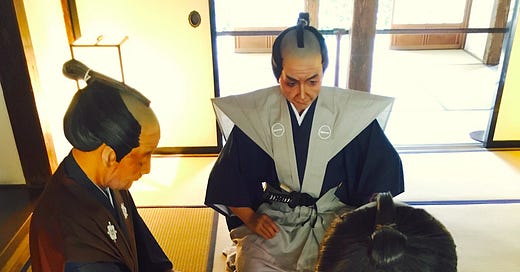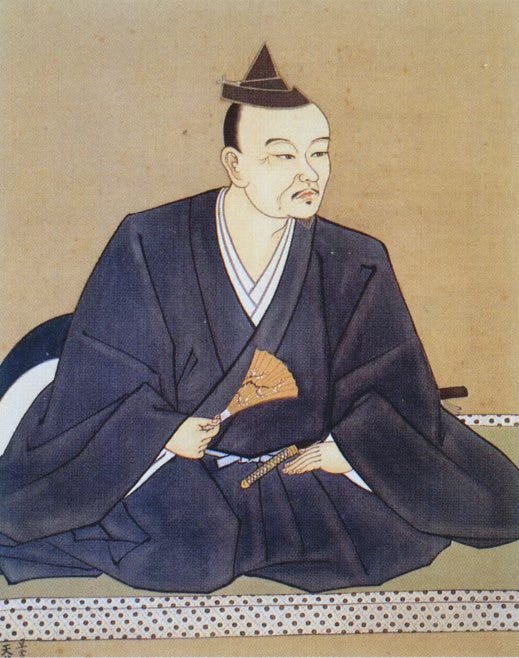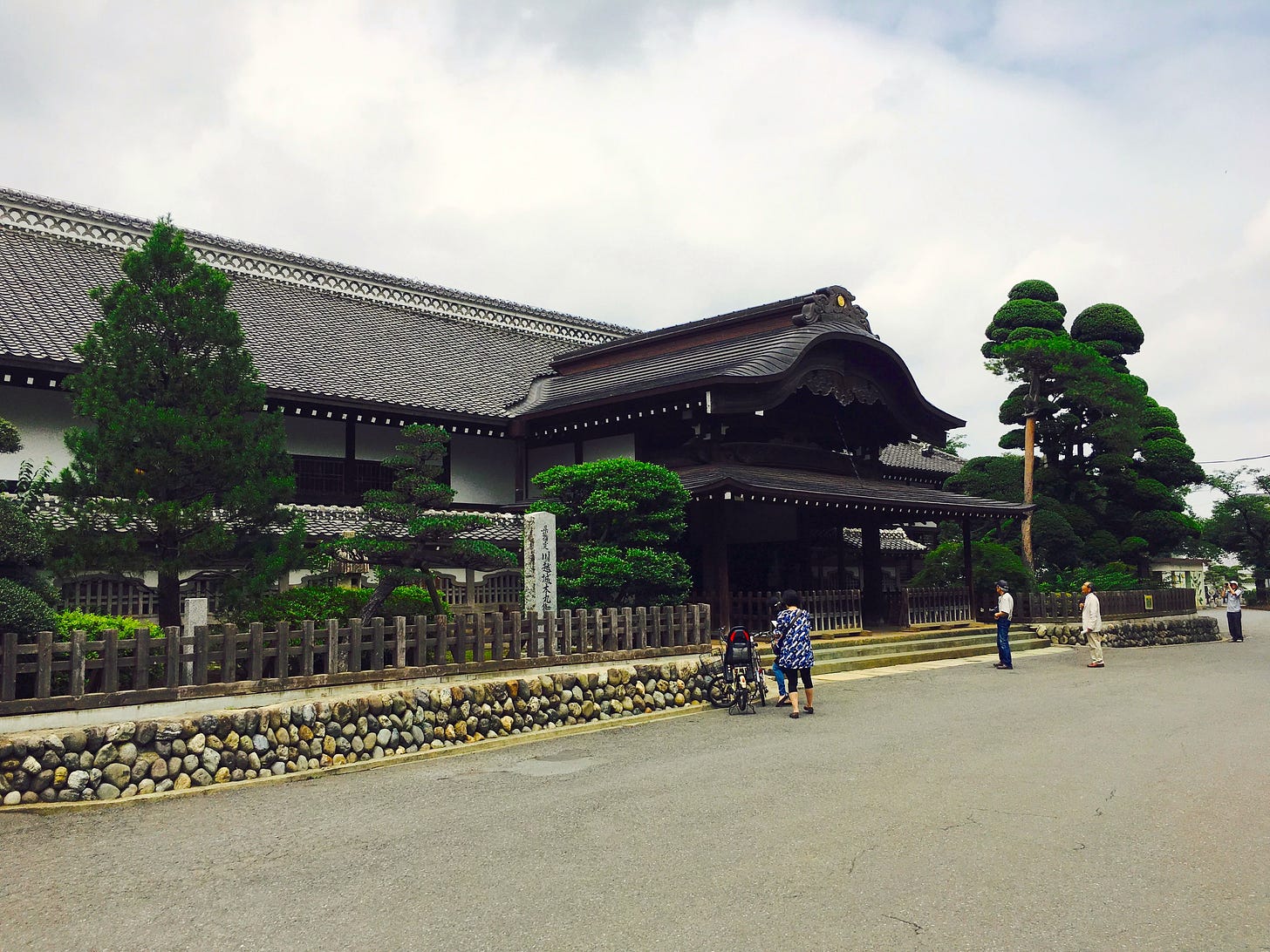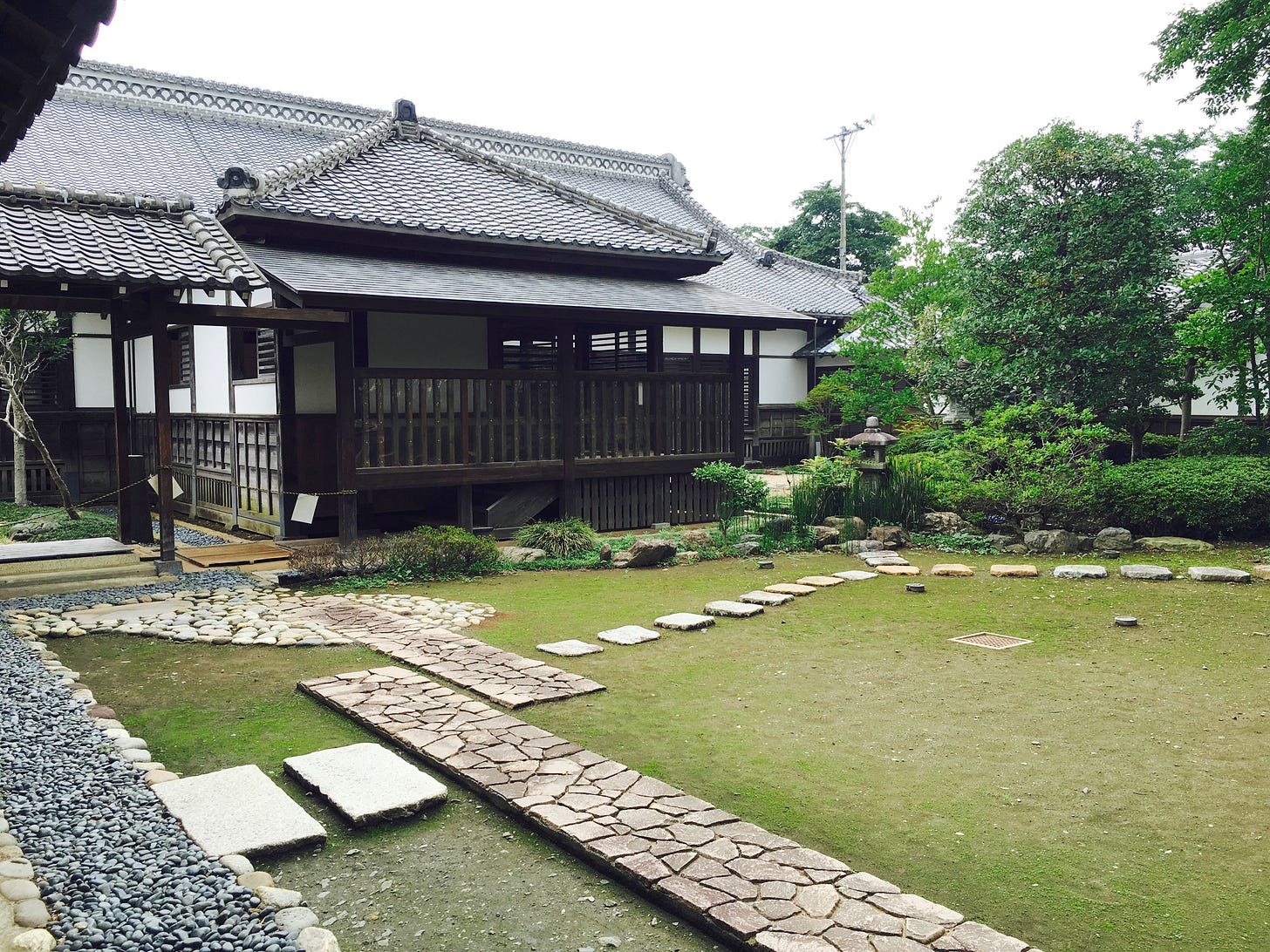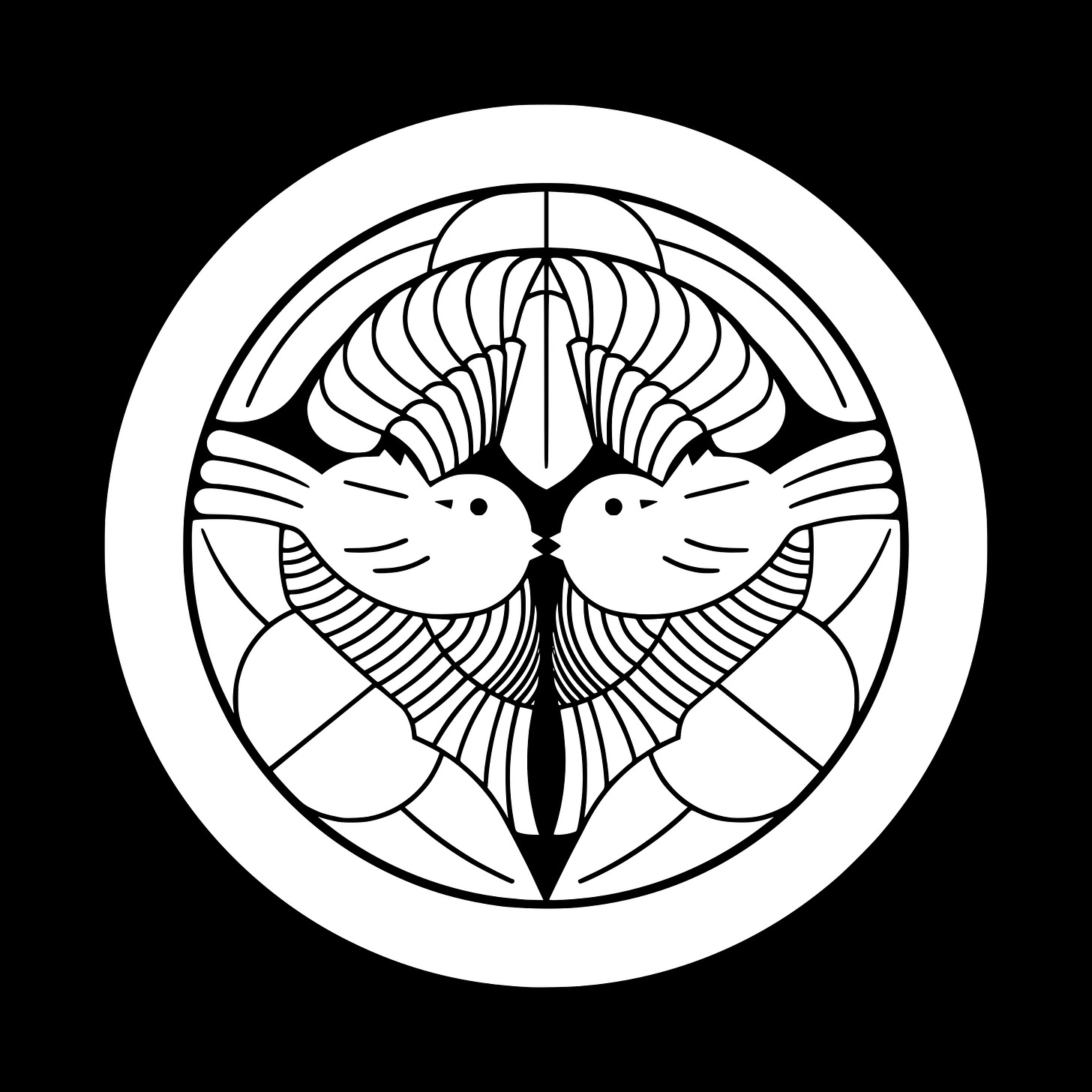The Battle of Kawagoe Castle and the Death of Uesugi Tomosada
One of the Most Notable Night Battles in Samurai History
The Battle of Kawagoe Castle was a series of seven battles and sieges fought around Kawagoe Castle (present-day Kawagoe City, Saitama Prefecture), a key castle in the Sengoku period Kanto regions’ Musashi Province. Kawagoe was the seat of political power of the Ogigayatsu Uesugi clan. What is considered THE battle of Kawagoe, was a nighttime sortie that occurred on the night of May 19, 1546.
Uesugi Tomosada (1525 – May 19, 1546) was a young sengoku period military commander, the lord of Kawagoe and Matsuyama Castle in Musashi Province, and the last head of the Ogigayatsu Uesugi clan. Born the first legitimate son of Uesugi Tomoaki in 1525, Tomosada was just 12 when his father died, and so he inherited the clan leadership. The Uesugi clan’s feared rival Hojo Ujitsuna, the eldest son of Hojo Soun and second head of the Odawara based Go- Hojo clan, saw the young Tomosada's succession as an opportunity, and attacked the Uesugi’s Kawagoe Castle that summer. Multiple battles for the castle were fought between the Hojo Ogigayatsu Uesugi forces.
Hojo Ujitsuna again besieged Kawagoe Castle in mid-October of 1535, but retreated four days later. Another attempt was made in the summer of 1537, In order to counter the Hojo clan of Odawara, Tomosada’s troops commenced fortifying the Kandai-ji Temple, turning it into a castle. However, the Hojo proved to be victorious, with Hojo Ujitsuna capturing Kawagoe Castle from Tomosada's uncle, Uesugi Tomonari, forcing Tomosada to flee. Uesugi Tomosada then made Musashi Matsuyama Castle in modern day Saitama his residence and commenced expanding it.
Seeking to reclaim his ancestral territory, Uesugi Tomosada’s troops marched on Kawagoe in January of 1538, but were defeated and repelled by the Hojo clan. In 1541, aged just 16, he made a peace pact with Uesugi Norimasa of the Yamanouchi Uesugi clan, his longtime rival, and together they opposed their shared enemy, Hojo Ujiyasu. In 1545, he further cooperated with Imagawa Yoshimoto of Suruga Province to form a large-scale allied encirclement of the Hojo. While Imagawa Yoshimoto rallied his forces, Hojo Ujiyasu marched to Suruga, where he combined forces with Uesugi Norimasa and Ashikaga Haruuji, the Governor of Koga, to attack Kawagoe Castle with a massive army of 80,000.
This two year siege of Kawagoe was an attempt by the Uesugi clan to regain Kawagoe Castle from the Hojo but was doomed to failure in the most spectacular manner. Uesugi Tomosada was joined by his more powerful relative, Uesugi Norimasa from the clans’ Uesugi Yamanouchi branch who held the post of the Ashikaga Shogun’s Kanto Deputy, and various anti-Hojo Kanto region daimyo.
Despite strong resistance from Hojo Tsunanari, who now held Kawagoe Castle, the Hojo nearly fell. However, on the 20th day of the fourth month by the traditional old lunar calendar date (May 19 by the current Gregorian calendar) of 1546, Hojo Ujiyasu disengaged from his long term campaign against the Imagawa, rushed to the rear of Kawagoe Castle, and with a smaller number of troops ambushed and defeated a much larger army of the besieging Ogigayatsu Uesugi forces in the Battle of Kawagoe Castle.
The Battle of Kawagoe Castle
Around 80,000 attacking forces had set up siege around Kawagoe Castle. Hojo Tsunashige’s approximately 3,000 samurai held the attackers at bay until the 8,000 unexpected reinforcements under Hojo Ujiyasu, Tsunashige's brother, arrived, but they didn’t attack straight away, instead they held back while a small unit of Ujiyasu’s troops managed to enter the castle undetected by the Uesugi, to inform the besieged castle’s garrison of Ujiyasu’s arrival. Intelligence reports at the time suggested that many of the castle’s attackers, Ashikaga Haruuji in particular, had relaxed their vigilance due to their superior numbers and an overconfidence in victory.
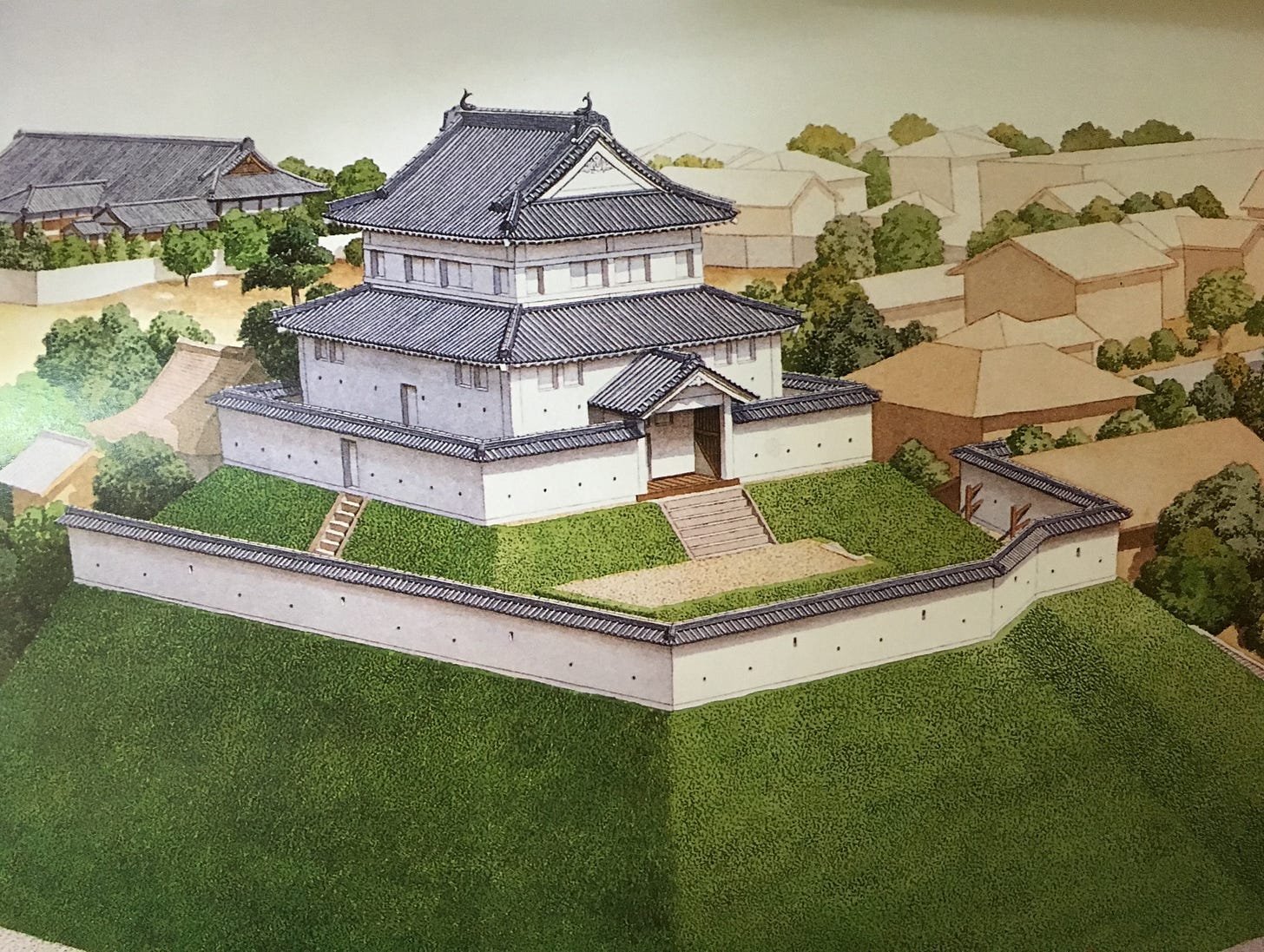
This led the Hojo forces to conceive an unorthodox night attack coordinated between the entrapped garrison and the reinforcements for the night of May 19. The tactics are said to have been one of the most notable examples of night battles in samurai history.
To increase the chances of a surprise attack, the Hojo samurai were ordered to remove and discard their heavy armour, which, although protective, was deemed cumbersome, slowing their movements and possibly revealing their positions. Certainly, the attackers would not be expecting a counterattack from un-armoured opposition, and this too would possibly factor into the surprise. The Hojo samurai were also ordered not to waste precious time collecting the heads of their defeated enemy, meaning that their victories would not be proven nor recorded. This has also meant that the tactics, details and facts regarding the battle’s progress are mostly unknown. What is popularly known by the general public was written in military chronicles during the Edo period, long after the events, and so the actual details of the battle are unclear due to the lack of historical documents, leading to some theorists even denying its existence.
We do know that the head of the clan, Tomosada died, probably killed in action, and the rest of the Uesugi allied forces were scattered, shattering their dream of recapturing Kawagoe Castle.
As there were no records made to tell us exactly who killed Tomosada or the cause of his death, some history theorists claim it is possible that he died of an illness during the siege and believe that the collapse of the allied forces was due to Tomosada’s sudden death, rather than a surprise attack by the Hojo forces. Perhaps the night attack was a dream? It is equally possible that the fierce surprise night attack did indeed take place and that Tomosada’s sudden death were connected. Either way, Uesugi Tomosada’s demise aged just 22 led to the extinction of the Ogigayatsu Uesugi clan.
The siege — which did indeed happen — was broken, and this victory marked a decisive turning point in the Hojo’s rise to regional supremacy with the conquering of the Kanto districts. This control would last until 1590 when the Hojo clan, the last to submit to the power of Toyotomi Hideyoshi, were attacked in the Siege of Odawara.

